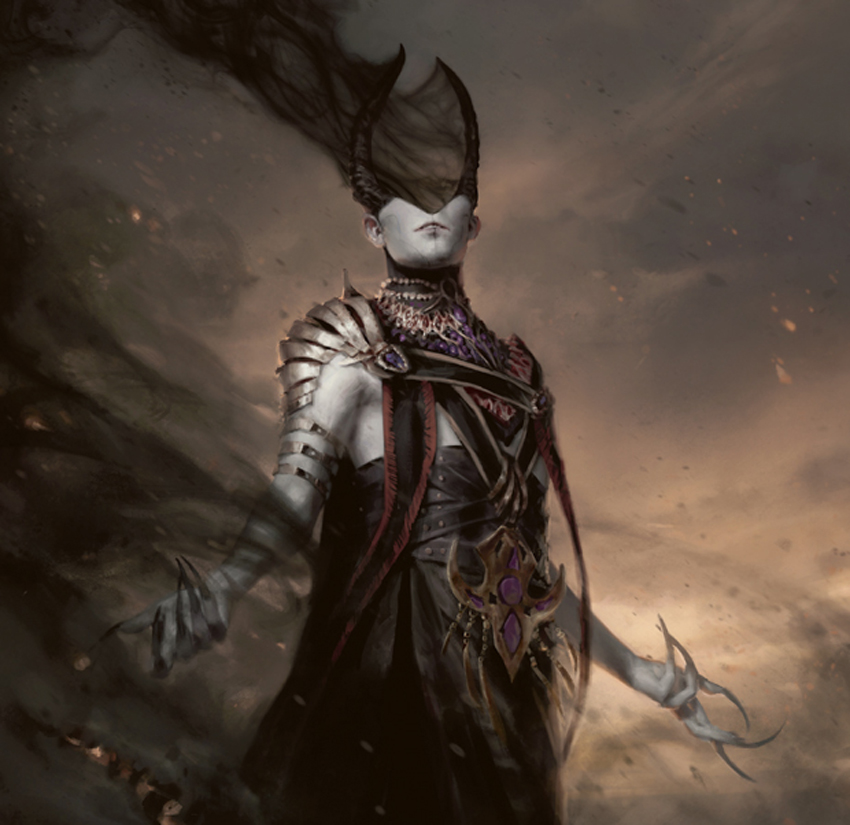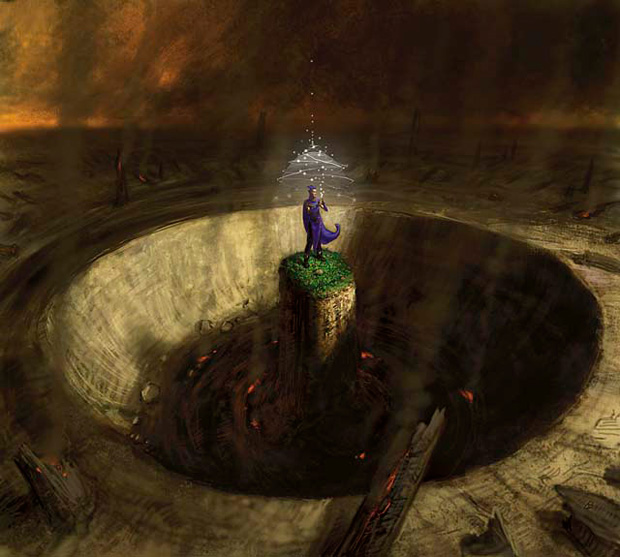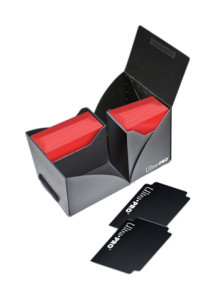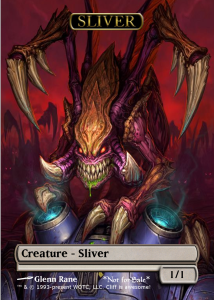Hello, Constant Reader
In the last installment, we dealt with the Keynesian Beauty Contest and how thinking rationally and a few steps ahead can lead to your avoiding potentially ruinous decisions. Taking into account what everyone else will likely think in a given situation is how you make the best possible informed answer.
In my research for the last piece about the Keynesian Beauty Contest, I stumbled across some reading about the concept of Nash Equilibrium. Did you see “A Beautiful Mind”? Well, that John Nash, portrayed by Russel Crowe in the film proposed the theory. Stated simply, Nash Equilibrium is a Mexican Standoff. In a non-co operative game, situations can arise where each player who knows the other player’s best strategy will not benefit from changing their own. They are essentially in a deadlock, or in Equilibrium.
What defines this equilibrium is whether party A is making the best decision they can, taking into account the decision party B will make, and that all hinges on on Party B making the best decision they can accounting for what Party A is likely to do. This doesn’t even have to be a dichotomy, as any number of players can be involved and they will only be in equilibrium if they make the best decision they can given all of the other players’ decisions AND provided they don’t change their decision.
I got into this topic because I believe artificial price spikes are the kind of system that can be modeled using this theory, but I also believe that in the case of artificial price spikes we don’t have a true Nash equilibrium because I believe there is a party integral to the system that is not making the best decision they can for themselves but rather the best decision for the system based on faulty logic on their part. The result is the same, though, because the decision they make does not disturb the equilibrium of the system. I maintain, though, that it probably should.
In a lot of ways the “cog” in the middle of the great machine is most important and also most tightly-bound to the rules of Nash equilibrium. At its core, it’s a theory that says once equilibrium is established, no one can do better by changing their behavior. Unfortunately, that’s true.
Moving Parts
Why is it the middle cog that is so essential? It’s really simple – in this case, the guts of this equilibrated system are the greater fools we discussed earlier. To recap briefly, the Greater Fool Theorum as applied to Magic finance is a premise that means some people buy into a spiking card and can only expect to make any money if someone more gullible buys the card from them at a higher price. These greater fools are what makes it possible for artificial spikes based purely on hype and buying frenzies to occur, and their unenviable position makes these systems follow the rules of a Nash Equilibrium. The only reason this works has to do with how someone becomes part of the system.
If you are participating in a card spike, you get “in” when you buy in. The first buyer is a store or individual who bought the card for its pre-spike price either because they wanted to have it to play with / in inventory or because they saw the spike coming. There is hype, either from deck results, conjecture or someone initiating the price movement with a big buy-out of a site (it only takes one site, usually; the rest fall like dominoes) but the system is not in equilibrium until there are more players.
This is where the greater fools come in. They buy at a post-spike price that may be lower than the peak price, but once they buy in, they are sunk. They absolutely have to hope for even greater fools to buy from them at the spike price or they are sunk. Lots of people break even in this position, and it’s no fun to be in for a few reasons.
The hallmark of these artificial spikes is a card starting at X, spiking to 2X when it’s bought out, peaking at 4X at the peak of hysteria and going back to 2X as people undercut each other trying to rid themselves of copies of the card. Inevitably in these cases, a lot of fools who buy in at 2X end up bagholders and sell out for 2X again.
The worst part about their position is that they are locked in to Nash’s theory of equilibrium as soon as they buy in. What are their options? Sell out at 2X immediately? That doesn’t help them out of the jam they put themselves in. There really is nothing they can do to improve their position but wait and try to sell to a greater fool, and their inaction doesn’t violate the equilibrium of the system. They really have no options except for hope, and hope is not an investment strategy.
For the other actors, they have few options as well, and they get forced into their positions. I’m not sure you can have a true equilibrium as envisioned by Nash (who also envisioned people who weren’t there, so what does he know?) when people have their initial move determined for them, but I would argue that you have the option to stay out of it, so even making forced moves is still abiding by equilibrium because doing anything else but making the forced move (or staying out of it) is not going to give you a better outcome and therefore are bound to the system. So a player who wants the card to play with doesn’t have a choice but to pay the card’s price at the time they buy in.
One actor we’ve ignored until now is the actor who initiates the price spike. Could this person or persons act in a different way and end up better off? This is the true test of the theory as it applies to the scenario I have concocted. When you think about it, buying low and selling high is probably the optimal play, dumping as many copies onto the market as fast as they possibly can is probably the optimal play (for them) and maximizing their profit in the shortest time-frame possible is probably optimal. There is really nothing they can do to improve on this, and in so many of these cases, this is exactly what we see happen. This actor is in an enviable position, but that doesn’t mean there is any benefit to breaking the rules and making a different play than the one everyone expects.
The Point
Why do we care about the concept at all? Even if you agree with my analysis (assumptions) about the system, what good does establishing the system is a Nash equilibrium do?
I maintain that mtg finance is cooperative, as all system bound by the theory must be. If you buy cards, you help the seller. If you sell cards, you help the buyer. And if you buy an artificially-inflated card for 4X, you help the guy who bought them for X and knows that 8X is a pipe dream. Since this is the case and once you lock yourself in and pay 2X or 4X for a purpose other than just playing with them, you’re locked in. You will not benefit by doing anything other than what everyone expects, and if you think that position is unenviable, it’s probably best to win the only way you can.
Don’t play.





